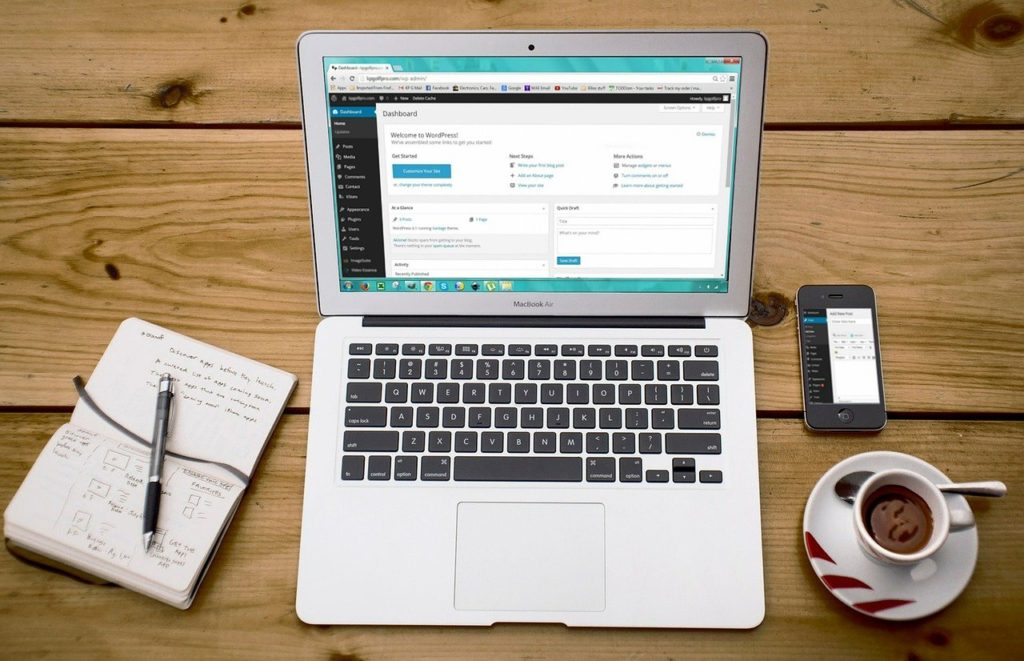Do you know that your web application performance could go up and down depending on load time alone? Moreover, the research shows that 47% of users expect a webpage to load in 2 seconds. In their turn, more than 40% abandon a website that takes more than 3 seconds to load. So, here are some tips on how to increase speed for optimal user experience.
1. Optimize your images
Iimages play an essential role on website speed. They allow customers to visualize the product and help to create a proper impression to influence purchase intent.
Moreover, you should know that your browser begins to render a page some period of time before all the images are loaded. That is why specifying high-quality images will help you to make a significant change and increase website speed.
So, if you aren’t displaying photos in full size, then you should scale them appropriately. It helps to reduce the page load times. For example, if an file that is 1000 x 1000 pixels is displayed at 100 x 100 pixels than it needs to load 10x more than usual. In its’ turn, it can speed up image loading time.
2. Minimize HTTP requests
Almost 80% of the time when loading your web page is spent to download the different parts of the page. Those parts are images, stylesheets, and scripts. And what is more, HTTP requests are made for every element. So, it is obvious, that the more on-page components you have, the slowest is the webpage speed.
So, the use of simple website design will reduce the number of those requests. In its’ turn, it improves website speed.
3. Enable caching
If you enable caching, you can reduce the website speed optimization for repeat visitors to load your website. Long loading occurs because of the ability of browsers to manage to cache. But it is much safer for them to avoid catching your resource by default than cache it without your consent. Simply, try to configure caching for all of your assets declaratively. It will much reduce the waiting time for your clients.
4. Combine files
HTML, CSS, and JavaScript files are extremely important for your website. All of them determine your site’s appearance. But on the other hand, they add the number of requests to your site every time somebody visits it. So, to get cleared of all the necessary requests you should minify and combine the files. As a result, the size of each file, as well as a total sum of them, will be reduced.
5. Avoid bad requests
It is important to pay attention to the broken links that result in 404/410 errors. It causes wasteful requests and increases the total number of unnecessary information. That is why you need to be attentive to every broken URL. And keep in mind, there are many online checkers for free which may be really helpful for you.
6. Update your software
The latest and most stable version of the software is definitely a good option for a website page speed. First of all, new releases always get more attention from user communities and the developer. Another no less important fact is that the software updates are leverage on new compiler optimizations. As a result, they are more compatible with the latest improvements in technology and hardware.
